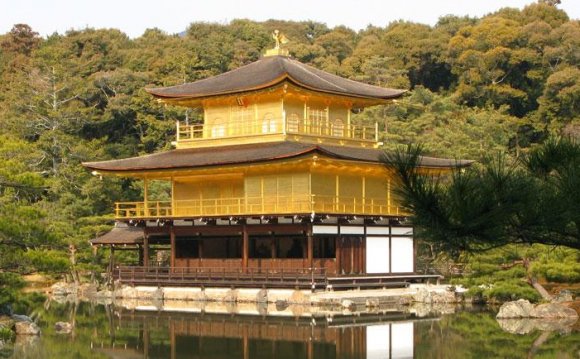

China and Japan holiday, Beijing to Tokyo: the story of this holiday company
In 1989, when Bruce went travelling after university, he realised he had limited options, backpacking or a resort stay. Returning to Canada, he created a company bridging the gap, offering young professionals an affordable way to immerse themselves in different cultures. Today, you are helping to fund their charity work across the globe. The company covers administrative costs for their 35+ projects worldwide, meaning that 100% of donor funds go towards helping communities. An average of 10 travellers on every trip ensures that local impact is limited, the community reaps the benefits all without changing their way of life. Company staff in more than 38 countries adhere to Bruces original business model of sustainability and happiness.
Responsible tourism: China and Japan holiday, Beijing to Tokyo
Environment
This company has operated on responsible tourism values since its inception. From an environmental perspective, our initiatives extend from our company offices to our tours. A local green energy provider powers our head office and stores, we encourage cleaner transportation methods for staff, and purchase all supplies from a local green business supplier. Our office is as paperless as possible and our brochures use 100% PEFC certified sustainable paper. We offset emissions from all corporate flights and our marine vessel, and encourage our travelers to do so by providing an online platform through Sustainable Travel International.
Tour leaders provide travellers with information about local environmental issues in their respective regions, and provide suggestions of how we can best protect the local environment and culture. To reduce the amount of waste created on tours, tour leaders also encourage travellers to use refillable water bottles instead of disposable plastic, cotton tote bags, reusable batteries, etc. We also include destination-specific information in our guidebooks, which are provided to each traveller including information particular to the local culture and environment and tips on how to be a responsible traveller.
Low Impact Transportation: This trip gives you the chance to try out overnight sleeper trains, the famous rickshaws and Japans bullet trains. Getting around as the locals do not only allows you to experience the culture on a deeper level, but the same way it is at home, using public transport is the most sustainable way to go after walking and cycling of course!
Support World Heritage: On this trip there are numerous opportunities to visit important heritage sites on foot or by bicycle. In China we visit the famous Tiananmen Square, the Forbidden City, Temple of Heaven, and of course the Great Wall and the Terracotta Warriors in Xian, among other fascinating sites. In Japan we visit Hiroshima Peace Park. This memorial park is dedicated to people who lost their lives or suffered the first nuclear bomb attack. There is the haunting UNESCO heritage sight A-Bomb Dome which is the ruins of the old Industrial Promotion Hall that still stands. We also visit Himeji Castle. Himeji-jo is the finest surviving example of early 17th-century Japanese castle architecture, comprising 83 buildings with highly developed systems of defense and ingenious protection devices dating from the beginning of the Shogun period. Not to be forgotten is Kyoto. Kyoto has some of the most magnificent temples in Japan, which date back centuries. There are said to be 2, 000 temples, shrines, palaces, museums and traditional gardens in Kyoto. Celebrating world heritage is an important way to participate in sustainable tourism. Many world heritage sites are designated for protection so that all the worlds people can share in these fascinating and historical wonders for generations to come.
RELATED VIDEO












